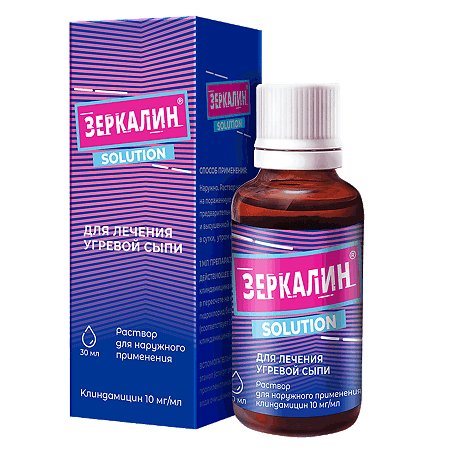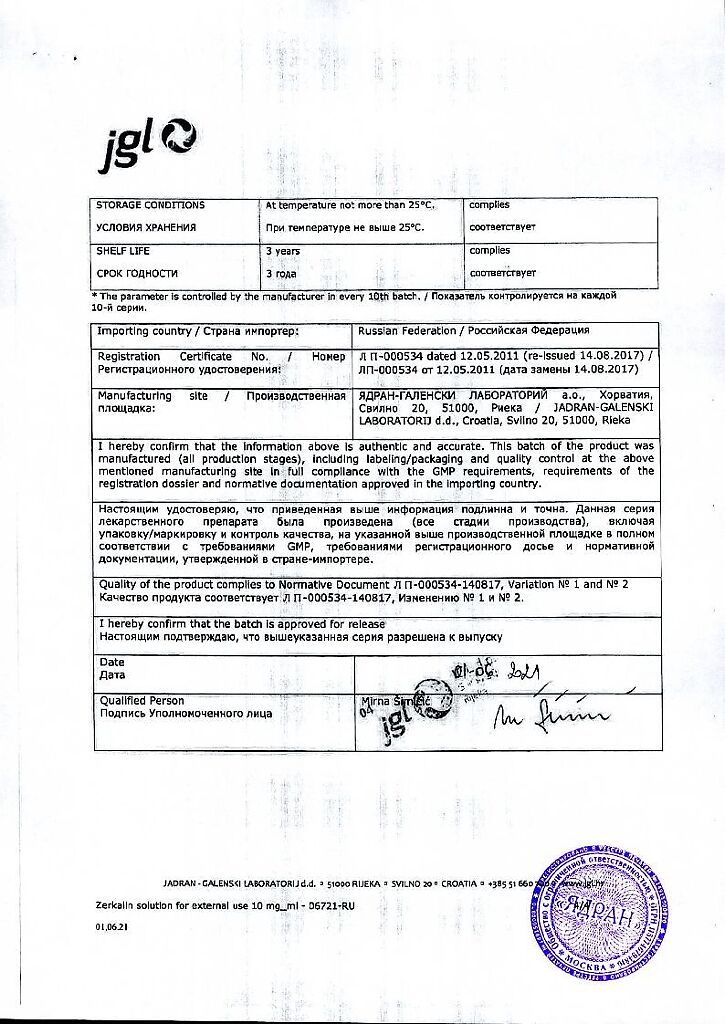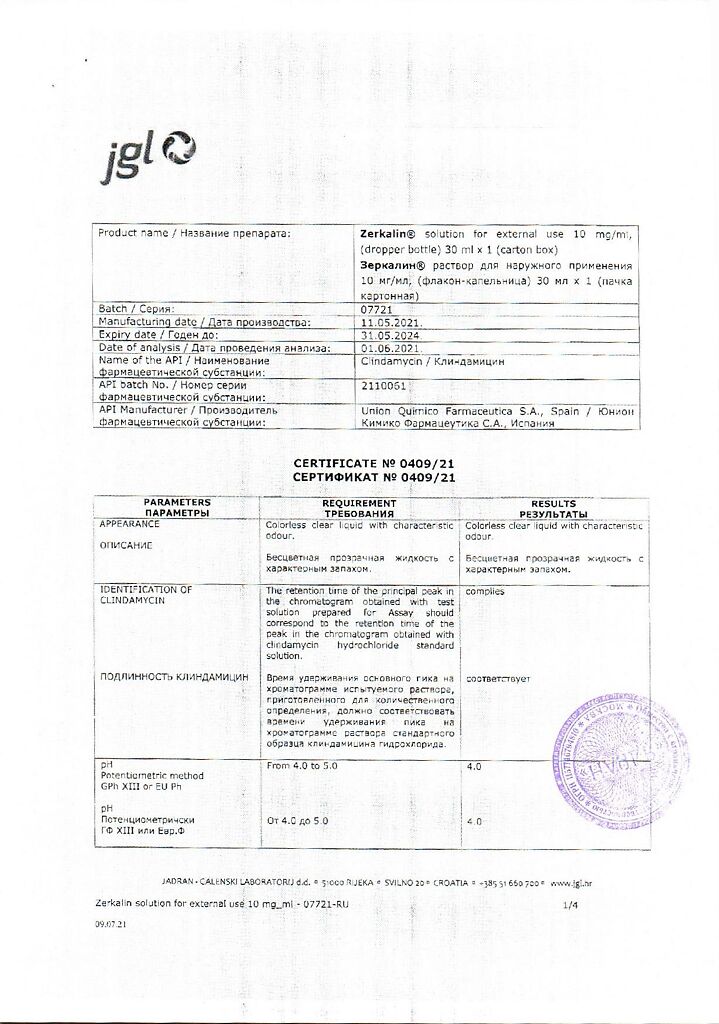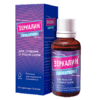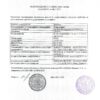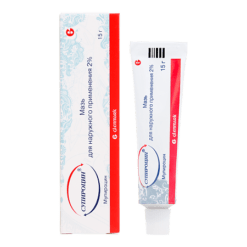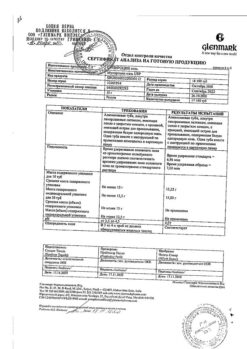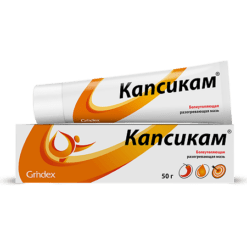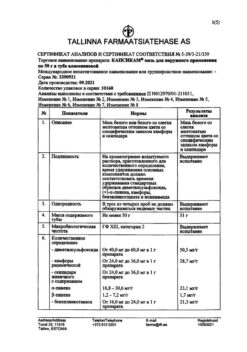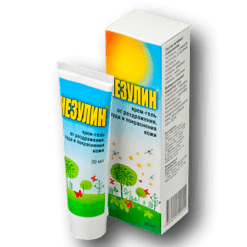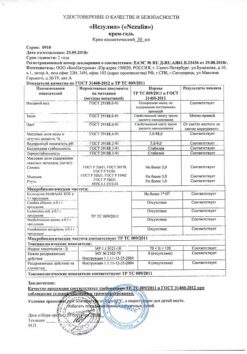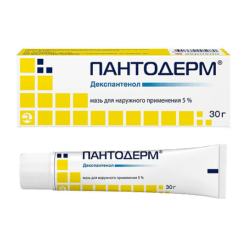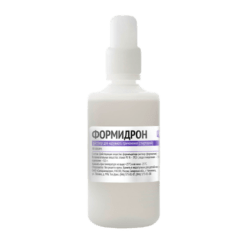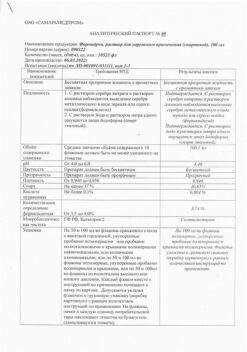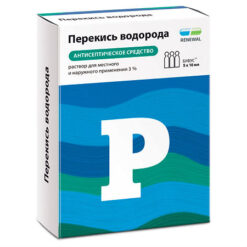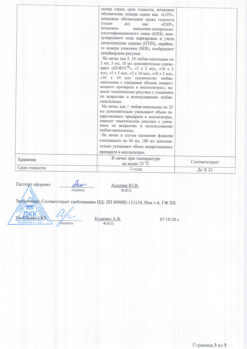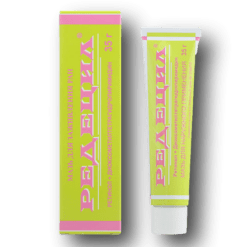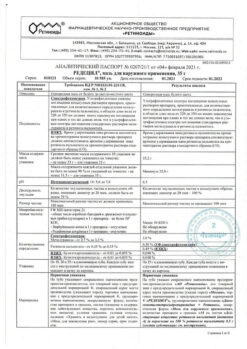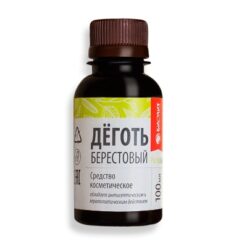No products in the cart.
Zerkalin, 10 mg/ml 30 ml
€13.44 €11.20
Description
Pharmacotherapeutic group
Lincosamide antibiotic.
The ATC code: D10AF01
Pharmacological properties
Pharmacodynamics
Clindamycin is an antibiotic of the lincosamide group, active against all strains of Propionibacteriumacnes, the minimum inhibitory concentration (MIC) is 0.4 µg/ml. It inhibits protein synthesis in the microbial cell due to interaction with 50S-subunits of ribosomes. After application to the skin, the amount of free fatty acids on the skin surface decreases from about 14% to 2%.
Pharmacokinetics
Clindamycin rapidly accumulates in comedones, where it shows antibacterial activity. The average concentration of the antibiotic in the contents of comedones after applying the solution significantly exceeds the minimum suppressive concentration for all strains of Propionibacteriumacnes – the causative agent of acne. After application of clindamycin hydrochloride solution to the skin, very low clindamycin concentrations are detected in plasma and urine.
Indications
Indications
The drug is used to treat acne (acnevulgaris).
Pharmacological effect
Pharmacological effect
Pharmacotherapeutic group
Antibiotic lincosamide.
ATX code: D10AF01
Pharmacological properties
Pharmacodynamics
Clindamycin is an antibiotic of the lincosamide group, active against all strains of Propionibacterium acnes, minimum inhibitory concentration (MIC) – 0.4 μg/ml. Inhibits protein synthesis in microbial cells due to interaction with 50S ribosomal subunits. After application to the skin, the amount of free fatty acids on the skin surface is reduced from approximately 14 to 2%.
Pharmacokinetics
Clindamycin quickly accumulates in comedones, where it exhibits antibacterial activity. The average concentration of the antibiotic in the contents of comedones after applying the solution significantly exceeds the minimum inhibitory concentration for all strains of Propionibacterium acnes, the causative agent of acne. After application of a solution of clindamycin hydrochloride to the skin, very low concentrations of clindamycin are detected in the blood plasma and urine.
Special instructions
Special instructions
Avoid getting the drug on the mucous membrane of the eyes and in the oral cavity. After applying the drug, wash your hands thoroughly. In case of accidental contact with sensitive surfaces (eyes, skin abrasions, mucous membranes), rinse the area generously with cool water.
The use of clindamycin (as well as other antibiotics) orally or parenterally is in some cases associated with the development of severe diarrhea and pseudomembranous colitis. With external use of clindamycin, cases of diarrhea and colitis are rare, however, caution should be exercised, and if severe or prolonged diarrhea develops, the drug should be discontinued and, if necessary, appropriate diagnostic and therapeutic measures should be taken.
If necessary, please consult your doctor before using the medicine.
Impact on the ability to drive vehicles and machinery
The drug Zerkalin® does not affect the ability to drive vehicles or engage in other potentially hazardous activities that require increased concentration and speed of psychomotor reactions.
Active ingredient
Active ingredient
Clindamycin
Composition
Composition
1 ml of the drug contains:
Active ingredient:
clindamycin hydrochloride in terms of anhydrous clindamycin hydrochloride – 11.5 mg (corresponds to 10 mg of clindamycin).
Excipients:
ethanol (ethyl alcohol 96%),
propylene glycol,
purified water.
Contraindications
Contraindications
ulcerative colitis (including history);
pseudomembranous colitis (including history);
Crohn’s disease;
history of hypersensitivity to clindamycin or lincomycin, as well as other components of the drug Zerkalin;
With caution: age under 12 years, lactation period, in patients with allergies, as well as while taking muscle relaxants.
Side Effects
Side Effects
Classification of adverse reactions by organs and organ systems, indicating the frequency of their occurrence: very often (≥1/10), often (≥1/100, <1/10), infrequently (≥1/1000, <1/100), rarely (≥1/10000, <1/1000), very rarely (<1/10000), including isolated reports, frequency unknown (frequency cannot be estimated from available data).
Skin and subcutaneous tissue disorders
Very common: dry skin, skin irritation, urticaria
Common: seborrhea
Frequency unknown: contact dermatitis.
Gastrointestinal disorders
Uncommon: indigestion
Frequency unknown: pseudomembranous colitis, abdominal pain
Infectious and parasitic diseases
Frequency unknown: folliculitis.
Visual disorders
Frequency unknown: eye pain.
If any of the side effects indicated in the instructions worsen or other side effects not listed in the instructions are noted, you should immediately inform your doctor.
Interaction
Interaction
The simultaneous use of clindamycin with other drugs for the treatment of acne containing exfoliating, emollient and abrasive substances (for example, benzoyl peroxide, tretinoin, resorcinol, salicylic acid, sulfur) is not recommended due to possible irritating effects on the skin.
There is cross-resistance of microorganisms to clindamycin and lincomycin. Antagonism between clindamycin and erythromycin has been noted.
It has been established that clindamycin, when used systemically, disrupts neuromuscular transmission and, therefore, can enhance the effect of other peripherally acting muscle relaxants, therefore, despite the fact that after external use of the drug Zerkalin® its blood level is significantly lower than after taking clindamycin orally, the drug should be used with caution in patients receiving drugs of this group.
Overdose
Overdose
When applied topically, clindamycin can be absorbed in amounts causing systemic effects.
Possible systemic side effects include diarrhea, hemorrhagic diarrhea, including pseudomembranous colitis.
In case of overdose, symptomatic and supportive therapy is indicated.
Clinical pharmacology
Clinical pharmacology
Clinical data on the use of the drug in pregnant and lactating women are limited. In experimental studies on animals, the teratogenic effect of clindamycin was not established, and embryotoxic and fetotoxic effects were noted only after oral administration of clindamycin in high doses. Since reproductive toxicity studies in animals do not always predict response in humans, the drug may be used during pregnancy if the potential benefit to the mother outweighs the possible risk to the fetus.
Despite the fact that after external use of the drug Zerkalin® in breastfeeding women, its blood level is significantly lower than after taking clindamycin orally, the decision to stop breastfeeding or discontinue use of the drug should be made taking into account the importance of using the drug for the mother and the risk to the child.
Storage conditions
Storage conditions
Store at a temperature not exceeding 25 °C out of the reach of children.
Shelf life
Shelf life
3 years. Do not use after expiration date.
Manufacturer
Manufacturer
JADRAN-GALENSKI LABORATORY j.s., Croatia
Additional information
| Shelf life | 3 years. Do not use after the expiration date. |
|---|---|
| Conditions of storage | Store at a temperature not exceeding 25 °C and out of the reach of children. |
| Manufacturer | JADRAN-GALENSKI LABORATORY a.s., Croatia |
| Medication form | solution for external use |
| Brand | JADRAN-GALENSKI LABORATORY a.s. |
Related products
Buy Zerkalin, 10 mg/ml 30 ml with delivery to USA, UK, Europe and over 120 other countries.

